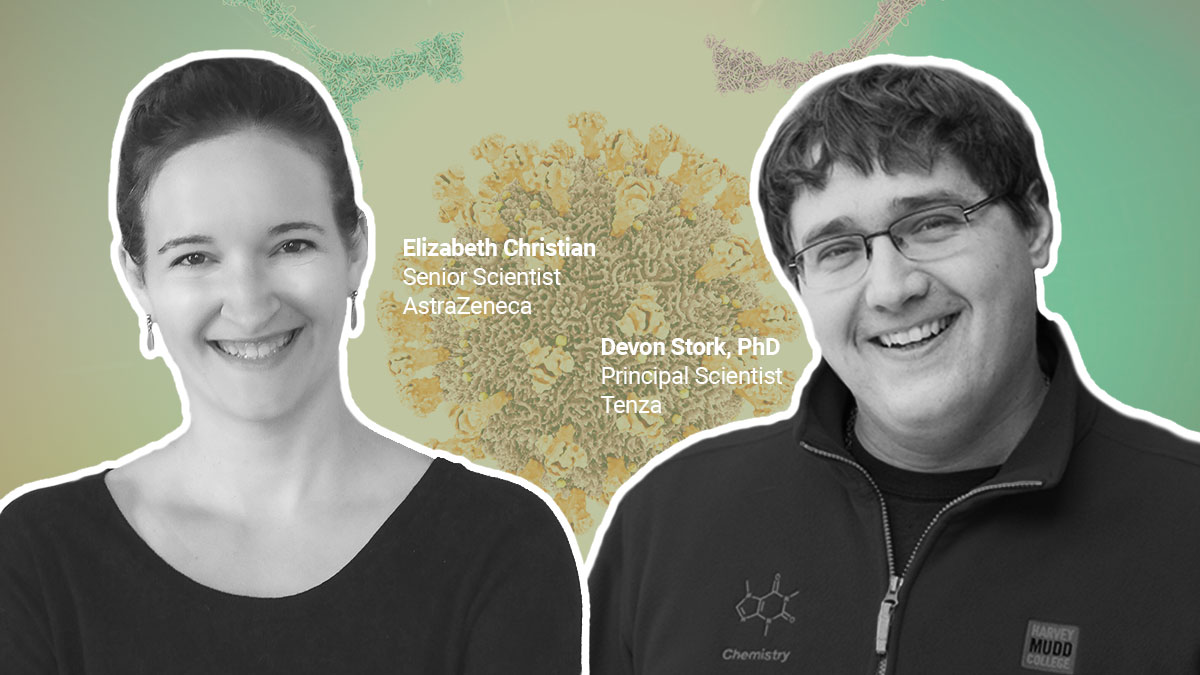09 April 2023 | Sunday | News

Source :PerkinElmer
Other than these approved bispecific antibodies, there are more than 50 BsAb currently in clinical trials, with the majority of late-stage candidates targeting hematological cancers and solid tumors. The number in preclinical development continues to grow as well.
BsAb are complex both structurally and functionally. As the name denotes, BsAb have two active regions, one on each arm of the molecule, that simultaneously bind to two epitopes of a single target or two different targets on one cell or two different cells. They have a traditional Y shape composed of two heavy and two light chains. What is unique about BsAb is the heterologous nature of the two arms of the molecule – each arm has a unique active site that binds to a different target antigen.
The dual binding sites of BsAb make their functional pathways complex. BsAb have four primary modes of action.
The dual binding ability of BsAb has advantages over conventional therapies that target a single binding site. A few of the key advantages are:
These advantages increase BsAb drug efficacy and dosing efficiency, which in turn lead to lower treatment costs compared to single bonding drugs and combinational drug approaches.
Much progress has been made in bispecific antibody development over the last decade. There are, however, remaining challenges that researchers are endeavoring to address, such as:
Researchers are using biophysical data in tandem with functional assays to tackle these challenges.
Scientists are continuously seeking advanced methods to address the challenges they face in their BsAb research. Two researchers who are doing just that are Dr. Elizabeth Christian and Dr. Devon Stork.
Dr. Christian is a senior scientist at AstraZeneca. She measures antibody degradation as part of her research and was in need of a bispecific binding assay that could generate more data without increasing the bench workload or sacrificing sensitivity and accuracy. She started using AlphaPlex™ and found it highly customizable to different aspects of her work. It also increased her throughput while maintaining the high levels of sensitivity and accuracy she required.
Dr. Devon Stork is a principal scientist at Tenza where he is developing probiotics that can be used as a safer and more effective alternative to conventional intravenous drug delivery systems. He found he needed a customized assay to better determine the level of binding activity between a payload protein and a therapeutic target. Dr. Stork chose AlphaLISA™ to screen a small library of hits for improved activity and optimized drug delivery. He found the assay to be highly sensitive, streamlined, and cost-effective.
These and other BsAb researchers are finding ways to overcome their challenges and lead in the design of new biotherapeutics.
Hear from Dr. Christian and Dr. Stork and learn more about how they are overcoming their research challenges.
© 2025 Biopharma Boardroom. All Rights Reserved.